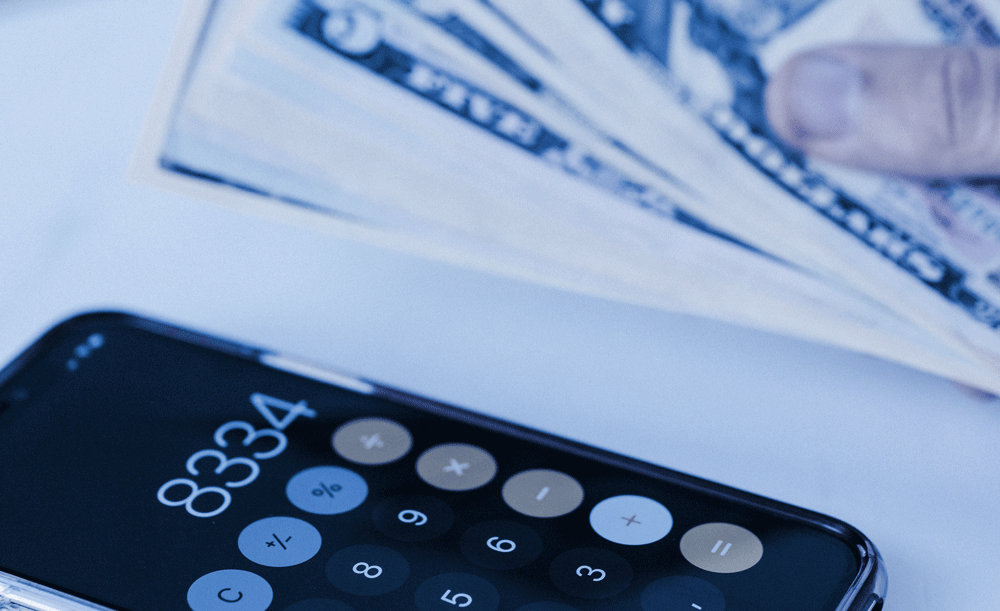Transferring money both locally and overseas is now quick and easy, thanks to wire transfers. This method of money transfer allows you to move money to different banks and accounts without having to cut a check or transport loads of physical cash around. However, some people still have concerns when it comes to sending wire transfers.
One of the most common questions about the process of money transfer is: How much money can you wire transfer? We’ll cover that topic in-depth, so dive in to learn all the details around wire transfers.
How Does a Wire Transfer Work?
Wire transfers are the process of electronically moving money quickly between two accounts. Previously, the term “wire transfer” referred to bank-to-bank transfer, but with the emergence of other financial entities that offer electronic money transfer services, the meaning has broadened to cover both online and mobile money service providers and credit unions.
Whether you are transferring money through a bank or an online platform, you are required to give the service provider information about the recipient and the receiving financial institution. This information includes the recipient’s name, address, account number, routing number, bank identifier code, and any other data that may be needed for the transfer to go through.
Once you’ve provided this information, your transfer provider will send the funds to the intended recipient. Nowadays, money transferred through wire transfer can be deposited into the recipient’s account almost immediately. But is there a limit to the amount of money you can wire transfer?
Is There A Wire Transfer Limit?
Most banks and money transfer service providers impose a per-day and per transaction wire transfer limit. For example, some banks have set their limit at $100,000 for individuals, but offer higher limits to organizations on request. However, some service providers allow their clients to transfer as much as $250,000 per day. Also, both the sending and receiving banks often impose a small fee for wire transfers, much as a bank would charge for most money exchanges.
It is also important to note that each bank or money transfer service provider sets its own limits, which largely depend on the nature of the wire transfer. So, your bank may limit your transfers depending on where and to whom you are sending the money. For instance, some money transfer service providers will set your wire transfer limit to $1 million if you are sending money to the US from overseas and lower the limit when you are sending money overseas from the US, depending on the State you are sending the money from and how you pay for the transfer.
IRS Regulations
If your wire transfer involves the US banking system, it is subject to scrutiny by the Internal Revenue Service (IRS). US banks and other financial institutions are required by law to report large transfers of money or any suspicious money transfers by individuals and organizations. So, if you want to send a large amount of money through the US banking system, your wire transfer will be reported to the IRS.
However, the IRS is mainly concerned with the reporting of any international wire transfers of $10,000 and above. Even if you break this amount down to several deposits within a year, it will still be reported. Banks or money transfer service providers must report such transfers to ensure they are not related to illegal activities like funding criminal activities or money laundering.
Summary
While there technically isn’t a legal limit to the amount of money you can send by wire transfer, most financial institutions will have a pre-set daily or monthly limit. But if you’re looking to send a large amount of money, it’s best to call and speak with someone at the company, as they may be able to help you increase the limit. It’s important to keep in mind that any amount of money sent by wire transfer within the US banking system above $10,000 will be reported to the IRS, though that shouldn’t be any cause for concern, as it won’t impact your transfer in any way unless the transfer is suspected of being used for illegal purposes.
Content Disclaimer:
As of the date of publication, the information contained on this page is deemed to be factually accurate for all terms of conditions, features, and fees. Changes made to Cashero’s terms of conditions, features, or fees after the publication of this content may not be accounted for.
App Disclaimer:
The Cashero App is now available for download in both the Apple App Store and Google Play Store, though not all features are currently functional. Cashero has not yet officially launched.
